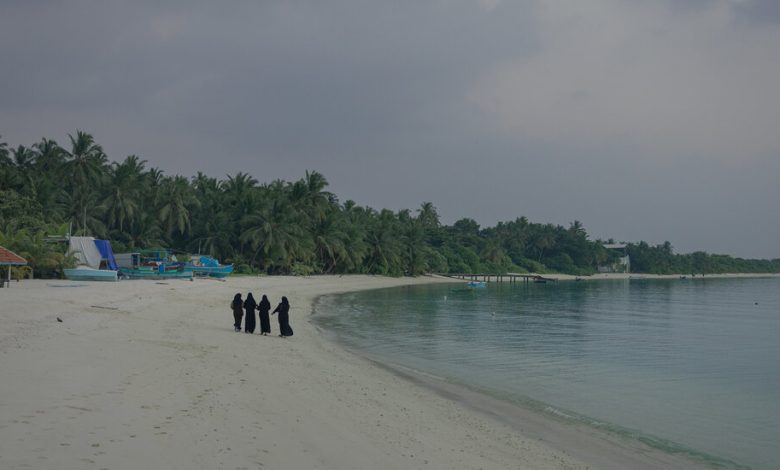Why Time Is Running Out Across the Maldives’ Lovely Little Islands

To live in the Maldives is to live in one of two worlds. Either you belong to the capital — Malé, a micro-Manhattan in the Indian Ocean — or you are out in “the islands,” among the quietest and most remote villages this side of the Arctic tundra.
It is in these places — far from the archipelago’s walled-garden resort atolls, where no Maldivians actually dwell — that the country is picking between two visions of its future, like much of the rest of Asia, but more so.
The outer islands are steadily depopulating, as the appeal of making a life through tuna fishing and coconut farming along their crushed-coral seashores shrinks. The splendid isolation may be what attracts visitors, but it seems incompatible with islanders’ aspirations in a nation modernized by global tourism.
As Maldivians give up on island life, the government feels compelled to keep building up Malé, the country’s one real city. But Malé is already pressed up hard against the limits of human habitation. By some measures, it is the most densely populated island on earth, with over a third of the country’s 520,000 people on a landmass that can be crossed by foot in about 20 minutes.

Bridges connect the capital, Malé, to artificial islands that are packed with housing projects.



